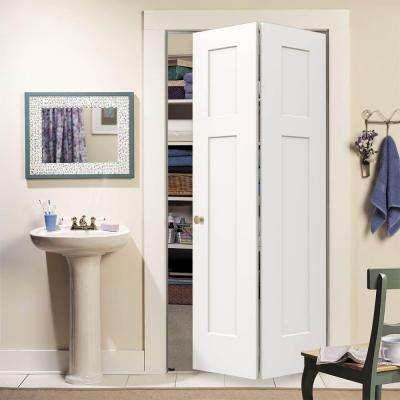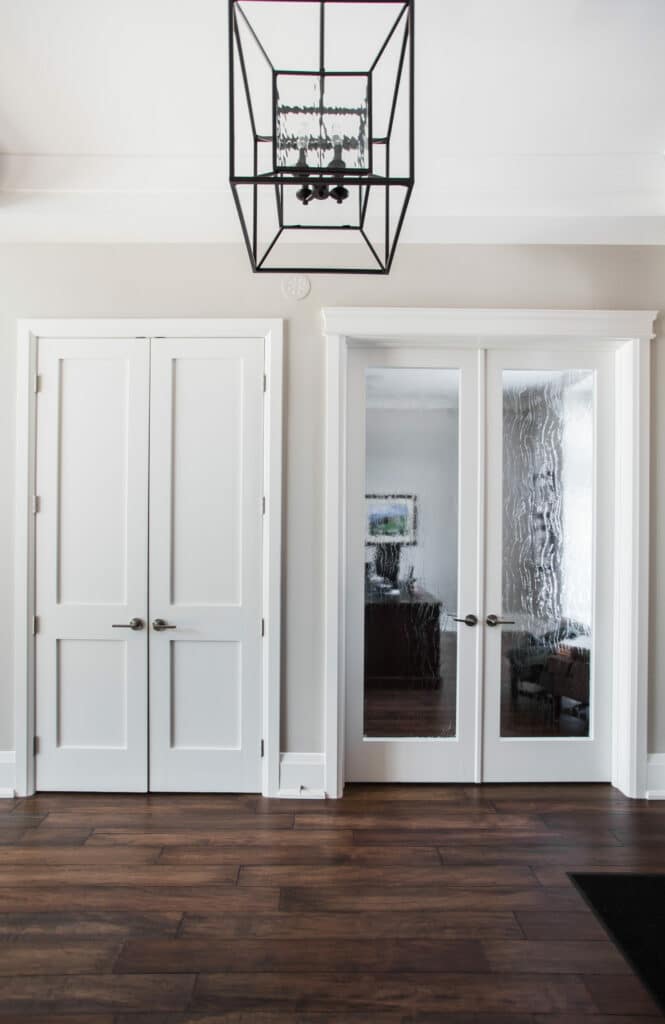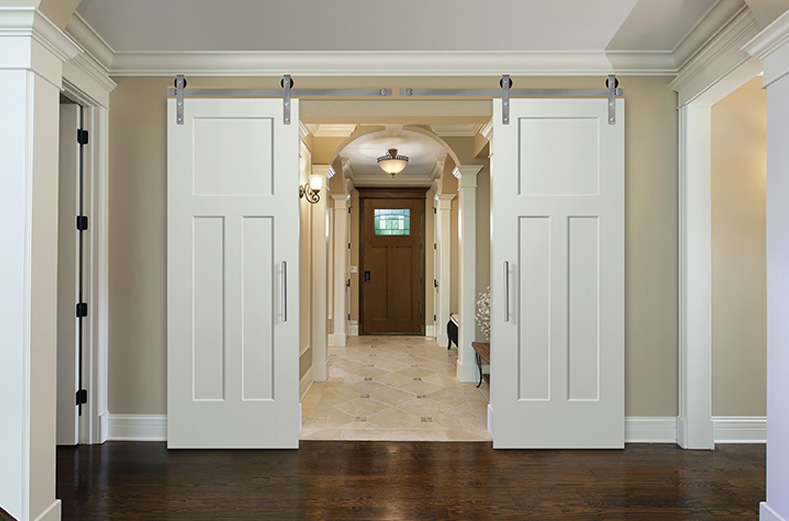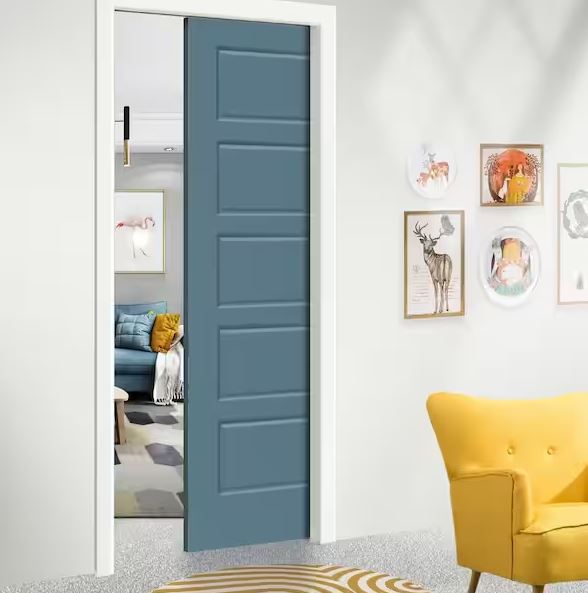The Ins and Outs of Interior Doors
Interior doors, often overlooked in home design, are the unsung heroes of interior spaces. They are not merely barriers between rooms; they are essential elements that contribute to the overall aesthetics, functionality, and ambiance of a home. From classic wooden doors to modern glass designs, interior doors come in a variety of styles, materials, and configurations, allowing homeowners to express their personal taste and enhance the character of their living spaces.
Now I will dive into the world of interior doors, exploring their importance in interior design and providing insights into selecting the perfect doors for your home.
The Role of Interior Doors in Home Design:
Interior doors serve several crucial purposes beyond just separating rooms. They help define the layout of a home, create privacy, and regulate the flow of natural light and air. Moreover, they contribute significantly to the visual appeal of interior spaces, acting as focal points or blending seamlessly with the overall décor scheme.
Types of Interior Doors:
Materials and Finishes:
Interior doors are available in a wide range of materials, each with its unique characteristics and aesthetic appeal. Common materials include:
- Wood:
Timeless and durable, wooden doors exude warmth and elegance. They can be crafted from various wood species like oak, pine, mahogany, and cherry, offering versatility in terms of color and grain patterns. - Glass:
Glass doors add a touch of sophistication and modernity to interiors. They come in clear, frosted, or textured glass options, providing varying levels of privacy and light diffusion. Glass can also be added to Panel Doors. - Metal:
Sleek and contemporary, metal doors are known for their durability and sleek appearance. They are often used in industrial or minimalist design schemes, offering a distinctive aesthetic. - Composite (MDF):
Composite doors are made from a combination of wood fibers and resin, offering the look of real wood with added durability and resistance to warping or moisture. These are available in Safe n Sound, which gives a little more privacy and weight to the door, which makes these doors more sound proof.
In terms of finishes, interior doors can be painted, stained, or left natural to complement the surrounding décor and architectural style.
Choosing the Right Interior Doors:
When selecting interior doors for your home, consider the following factors:
- Architectural Style: Choose doors that complement the architectural style of your home. Whether you have a traditional, contemporary, or eclectic interior, there are doors available to suit every aesthetic preference.
- Functionality: Consider how you intend to use the space and select doors that meet your functional needs. For example, if you require privacy in certain areas, opt for solid doors or those with frosted glass panels.
- Space Constraints: Take into account the available space around the door opening. Sliding doors or bi-fold doors are excellent options for areas with limited clearance or where swinging doors would be impractical or impede with available space, especially in smaller rooms.
- Coordinated Design: Ensure that the chosen doors align with the overall design theme and color palette of your home. Consistency in design elements helps create a cohesive and visually pleasing interior.
- Quality and Durability: Invest in high-quality doors that are built to last. Consider factors such as material quality, construction, and hardware when making your selection.
Interior doors play a significant role in shaping the look, feel, and functionality of interior spaces. Whether you prefer the timeless elegance of wooden doors, the modern allure of glass designs, or the rustic charm of barn doors, there are endless options to suit every taste and style preference. By carefully considering factors such as architectural style, functionality, and material quality, you can select interior doors that not only enhance the aesthetic appeal of your home but also contribute to its overall comfort and functionality. So, the next time you walk through a doorway, take a moment to appreciate the subtle yet impactful role that interior doors play in defining our living spaces.





